Chutes and Ladders are also known as Snakes and Ladders. They tend to be one of the first games played by young children because of the simplicity of following numbers in sequence and the amusement that comes with coming so close to winning and finding themselves near the bottom of the board in one roll.
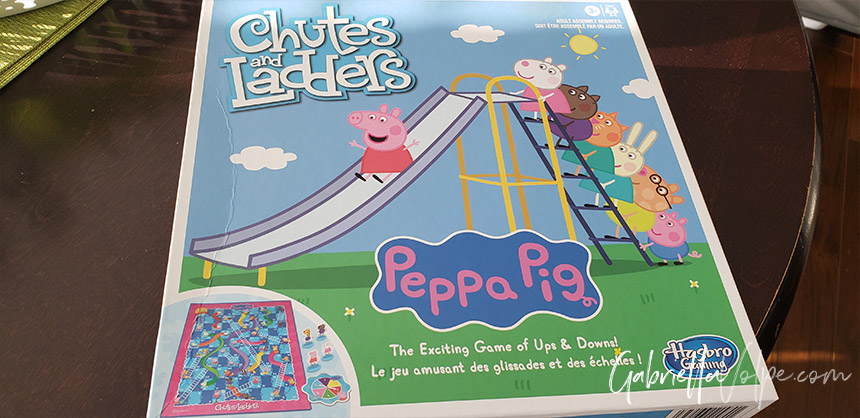
Chutes and Ladders often comes in a variety of themes. Finding a game with a child’s favorite character is highly probable!
Chutes and Ladders Game Challenges for Neurodivergent and Disabled Kids
- Manipulating loose pieces
- Accessing the entire board
- Rolling dice or spinning a spinner, or both
Skill-Building with Chutes and Ladders Games
Chutes and ladders games build:
- Counting skills
- Number recognition to 100
- Sequencing skills
- One-to-one correspondence
- Vocabulary
- Grasping/holding skills
- Taking risks
- Taking turns
- Dealing with disappointment
Suggestions for Adapting Chutes and Ladders Games
Use hook and loop dots. One of the challenges of playing board games is manipulating loose pieces. With one false move, the pieces can easily fly off the board.

I added loop and hook dots to each square on the board. Tip: Use transparent dots on the board to keep the numbers visible.

I also added loop and hook dots to the bottom of each playing piece.
Position the board upright. Loop and hook dots make it possible to play a game upright! You can lean the board against furniture so the child can see the game from their seat instead of laying flat on a table. We can make it a physical activity for everyone else.
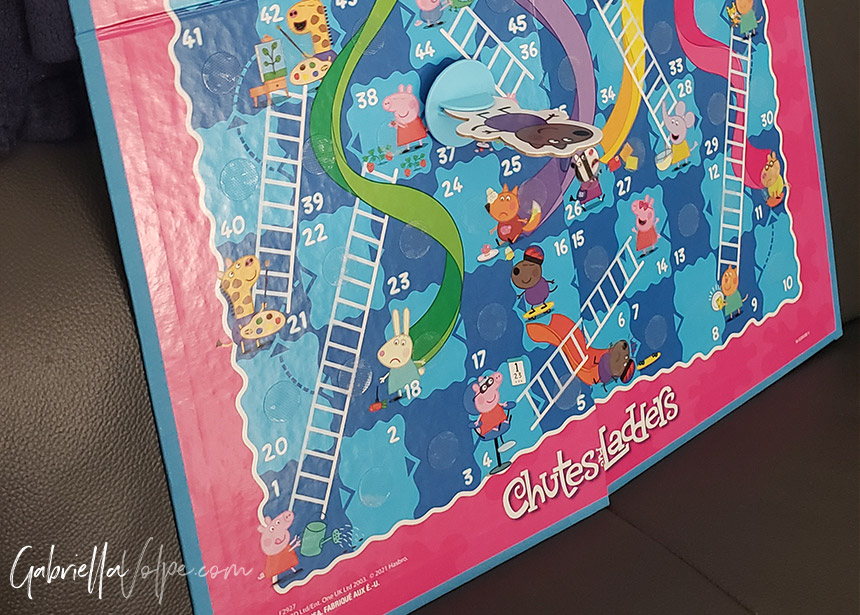
When it’s the child’s turn, you can bring the board to their seat if needed. With the loops and hook dots, the pieces remain intact. The loop and hook dots also add another sensory element when moving the playing piece along since it sticks to each square for a moment.
Interchange spinners and dice. Some games come with a spinner which might be tricky for some kids. Use jumbo-sized foam dice to use instead!
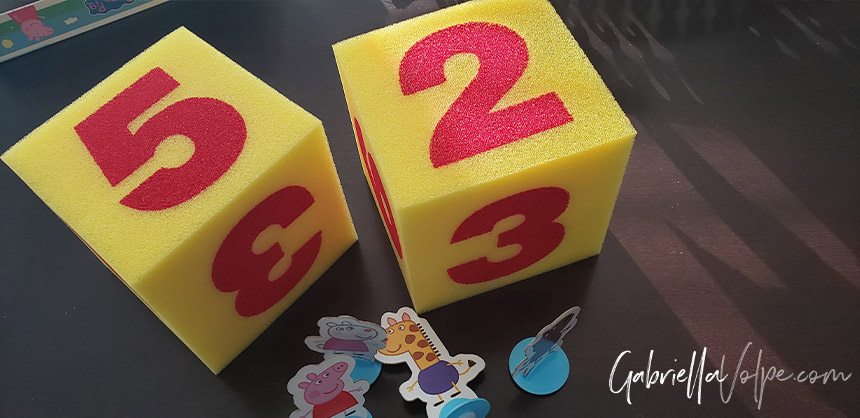
These foam dice are 5 inches by 5 inches and can be grabbed more easily on the edges than even small dice. My son tosses them on the floor! In time, have the player refine the skill of tossing by having them aim for a chair or into a laundry basket.
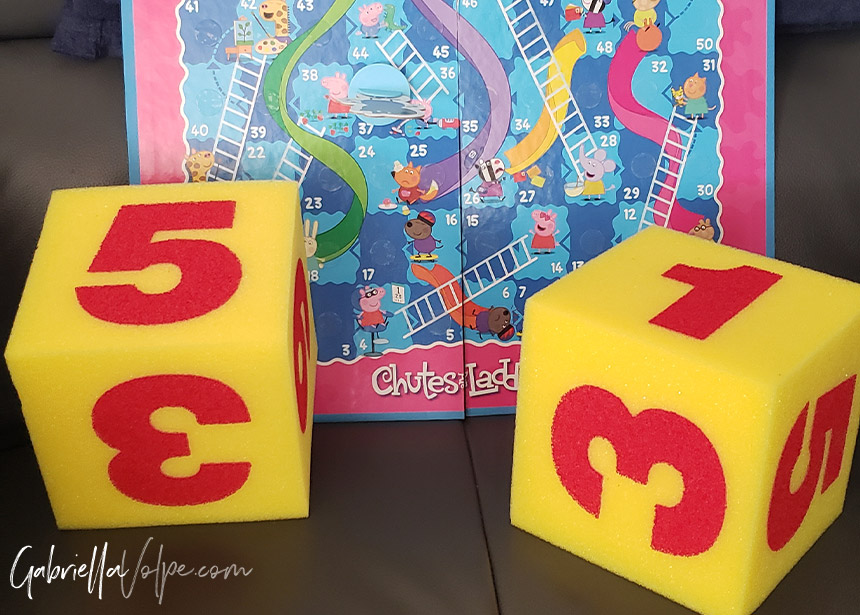
These foam dice are also sold in the traditional form with dots instead of numerals. You might choose one set over another or change it up from time to time with either set depending on the child’s needs.
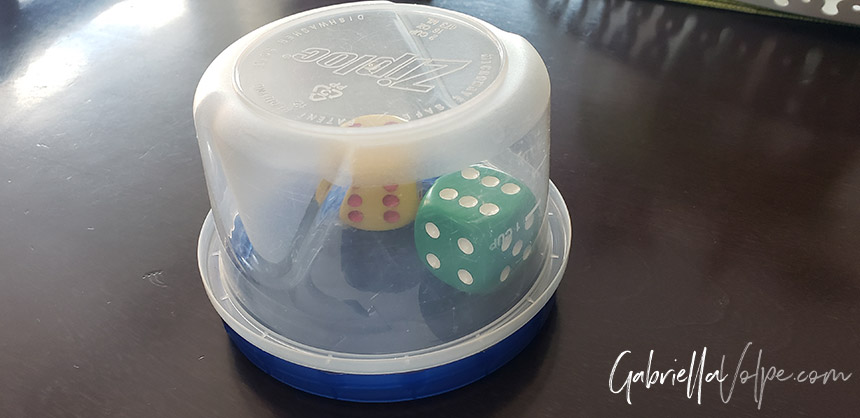
An idea for rolling dice: place large-sized (1.5 inch) colored dice in a plastic storage container. The entire container can be tossed on the floor or tabletop. The container keeps dice safe for kids who mouth items and also makes tossing dice manageable for anyone requiring support with rolling.
Enlarge playing pieces. I prefer using larger game pieces as they are easier to manipulate. You might want to photocopy, enlarge, and laminate images from whatever board game you have and use the base from other games.
You’ll notice that each adaptation does not take away from other players. They make the game more exciting for other kids as well! That’s the beauty of accessibility. It includes everyone and often makes things so much better for all.
Related Articles
Interested in learning how to use the games you already own and make them accessible to all children? Here’s a video series showing you how to do just that!
Find out more about the Adapting Board Games Video Series here.
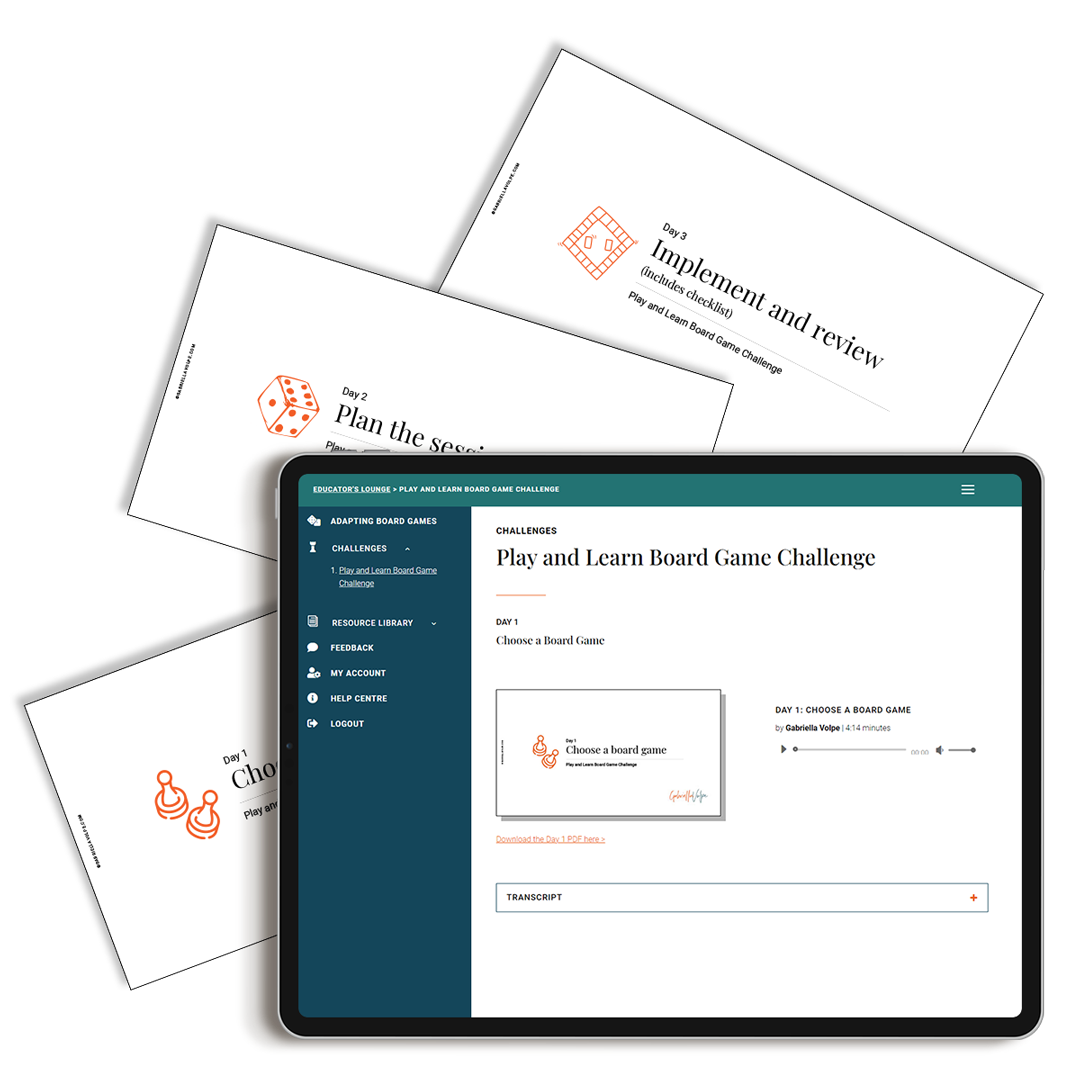
Play and Learn Board Game Challenge
Take the free 3-day challenge that takes you from choosing to implementing board game play with neurodivergent and disabled learners.

0 Comments